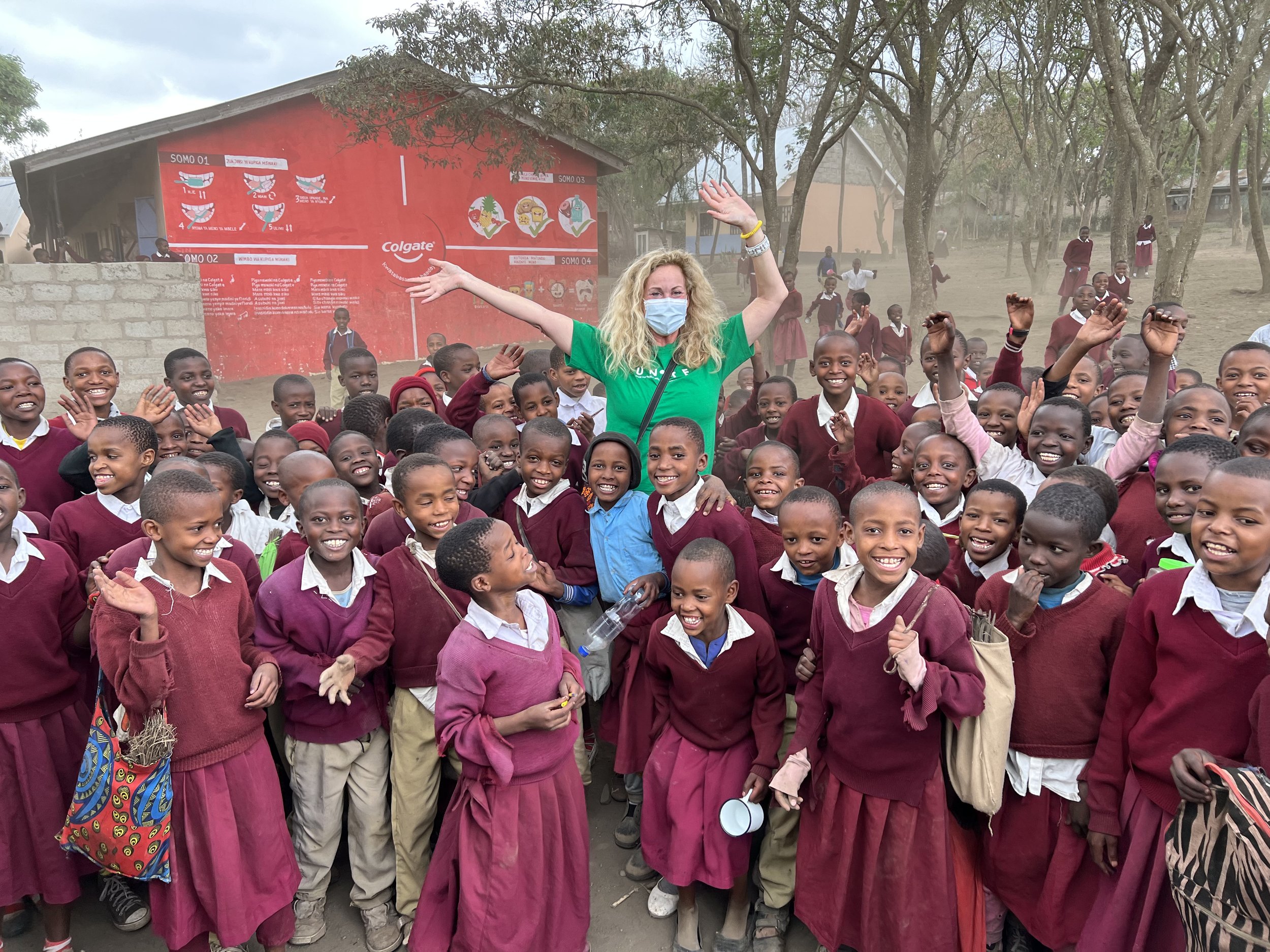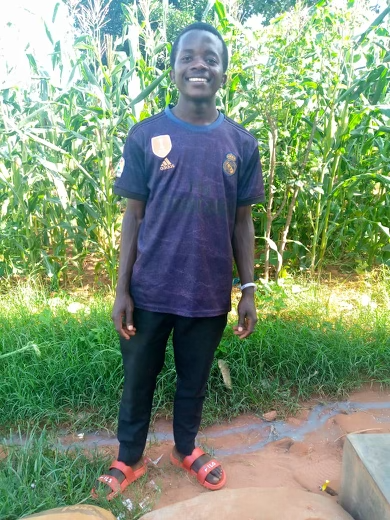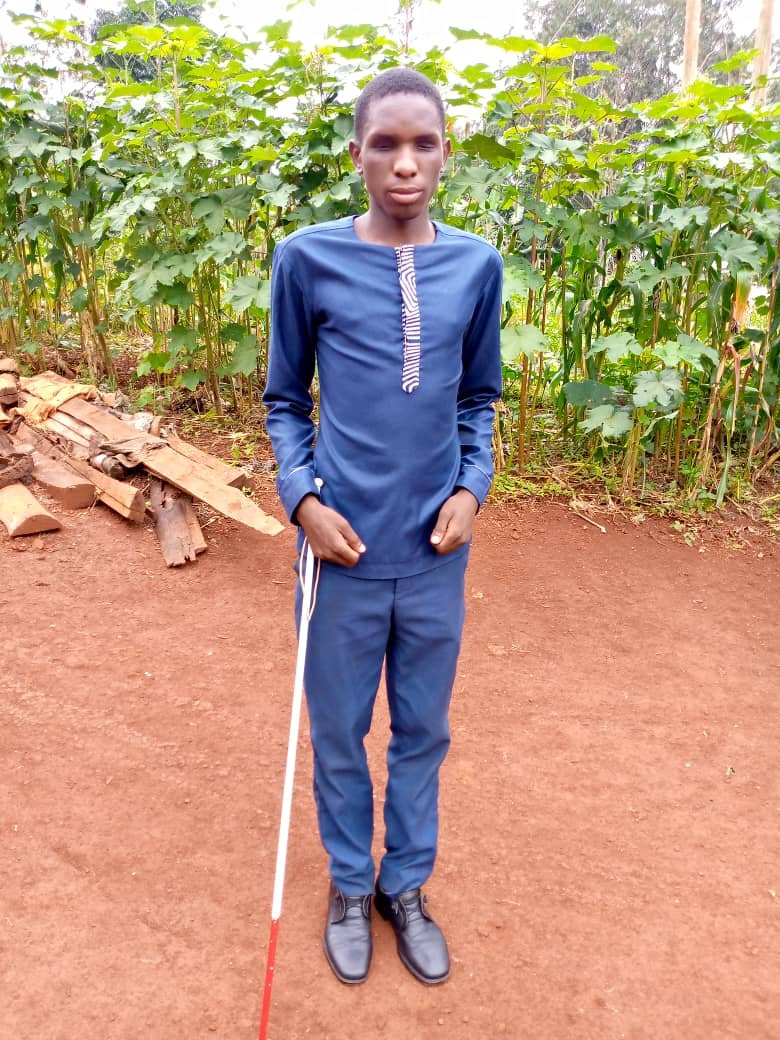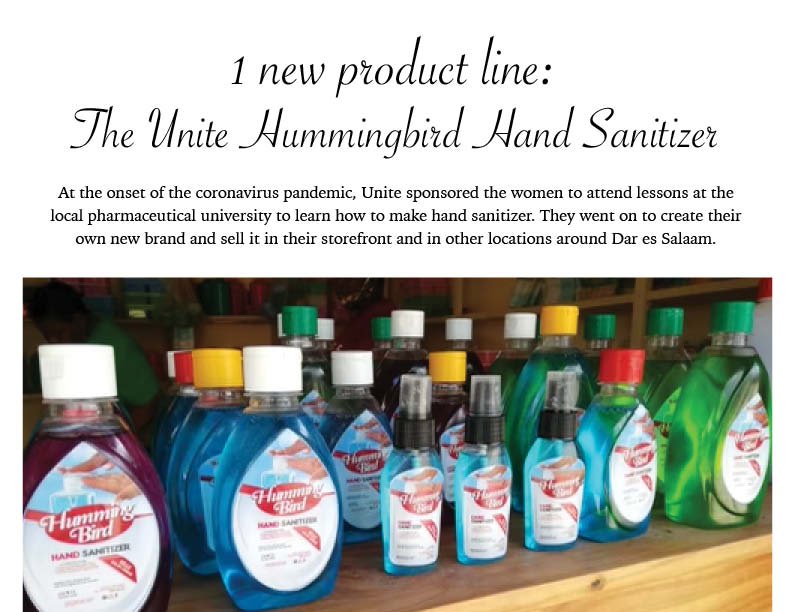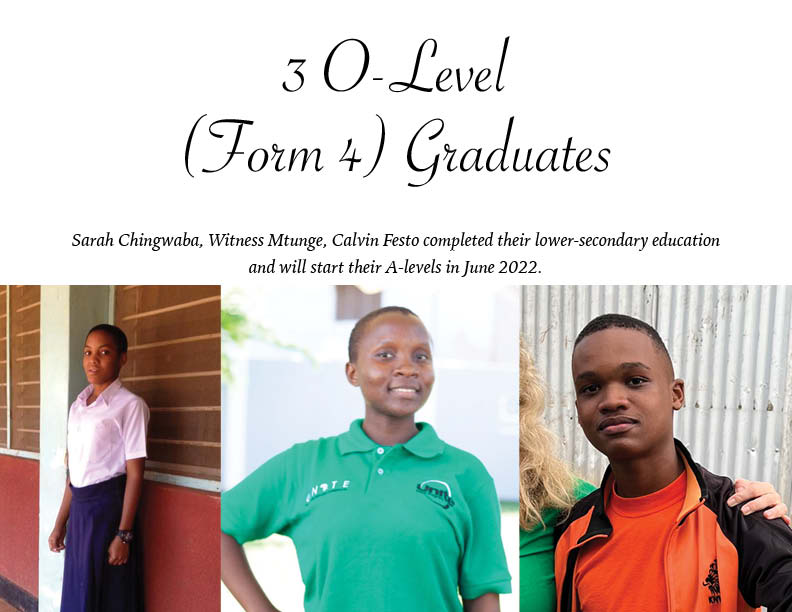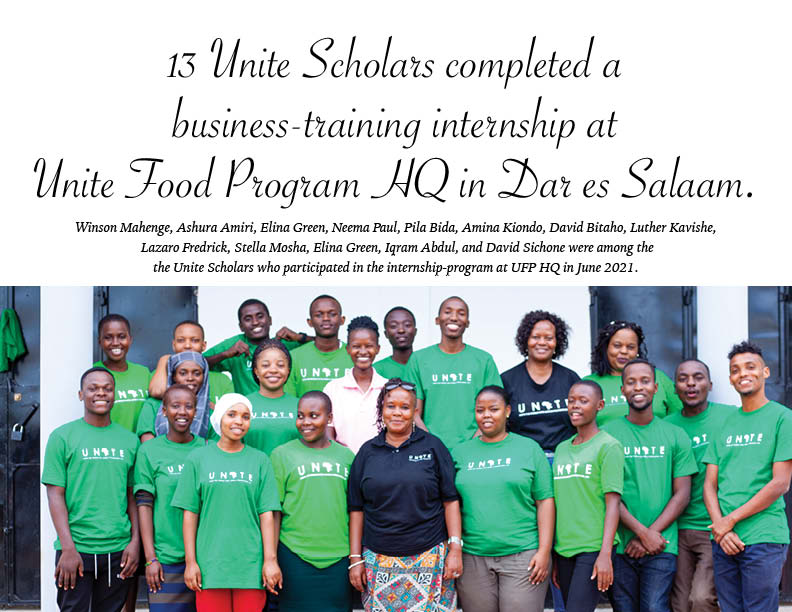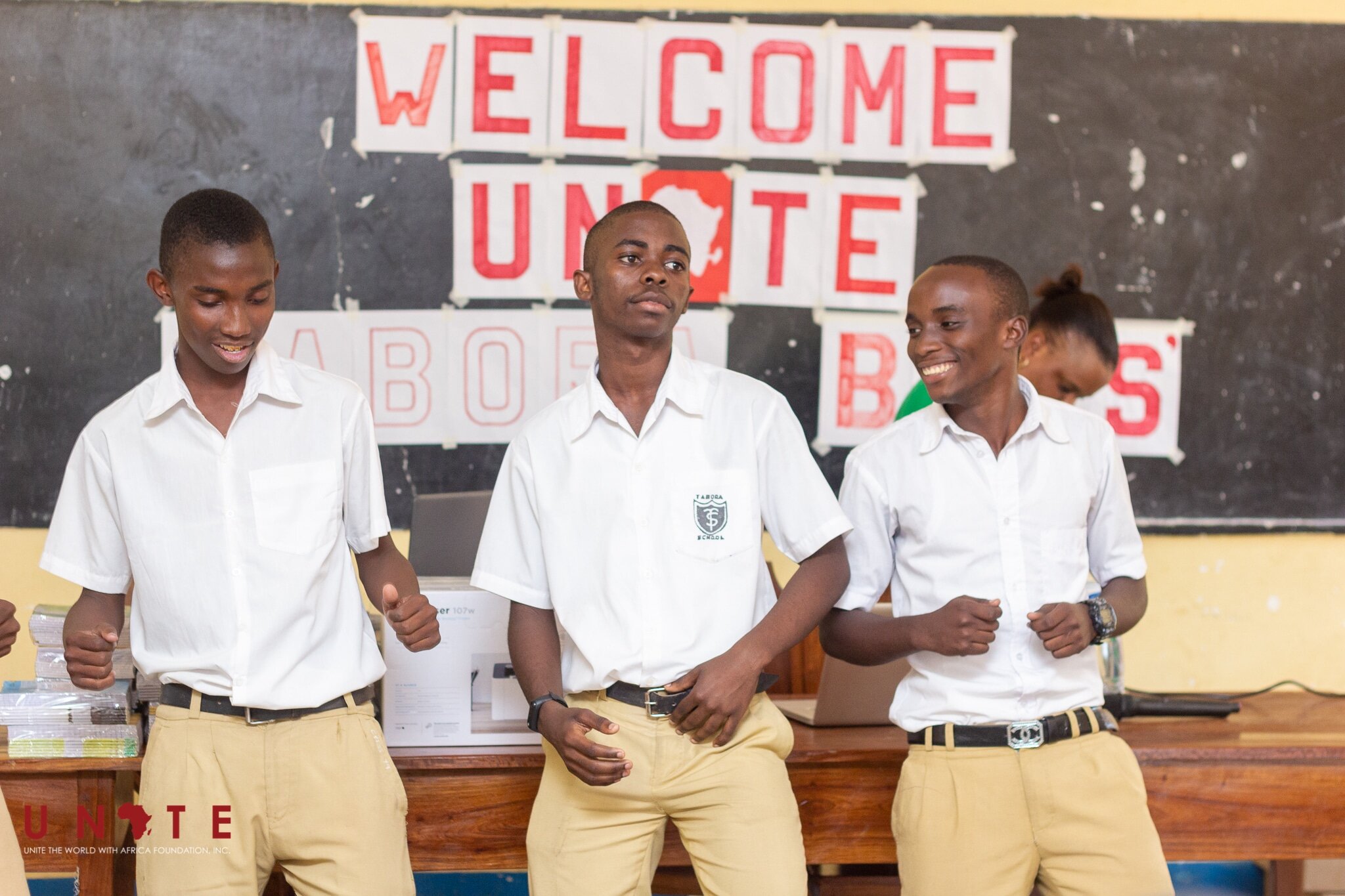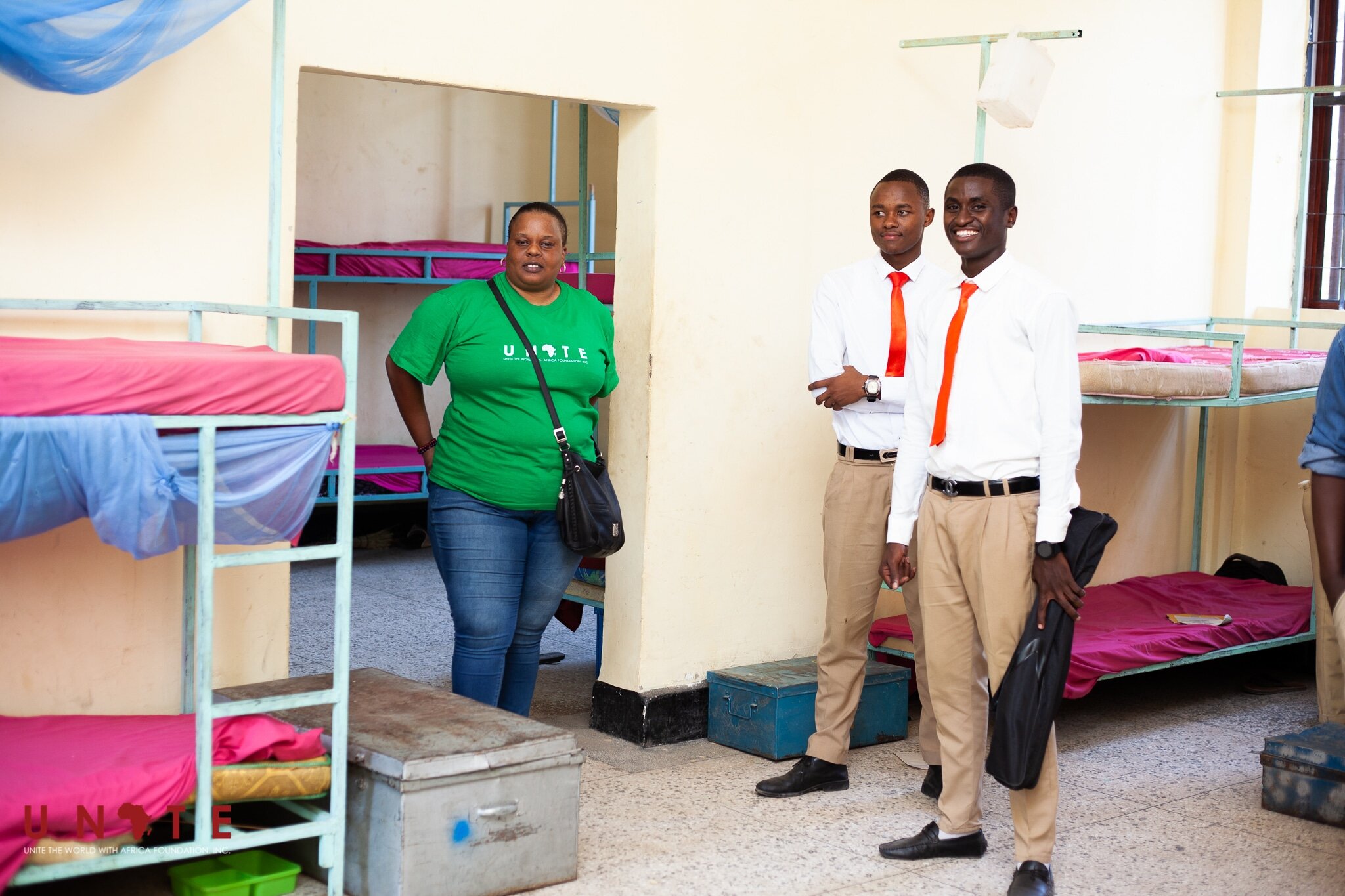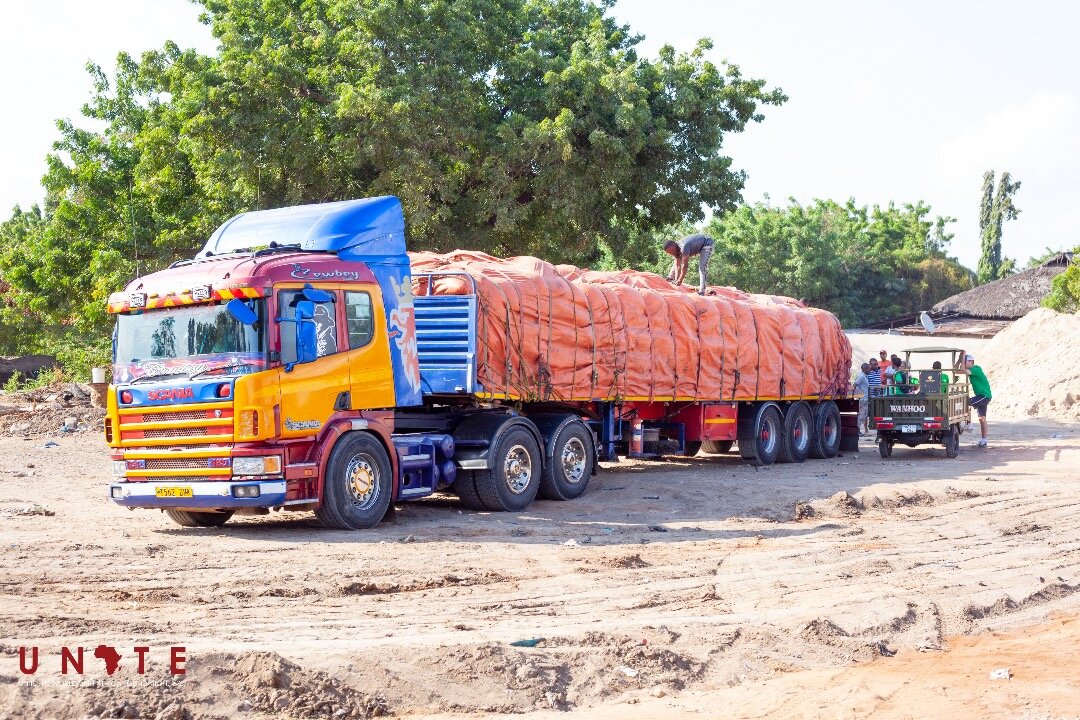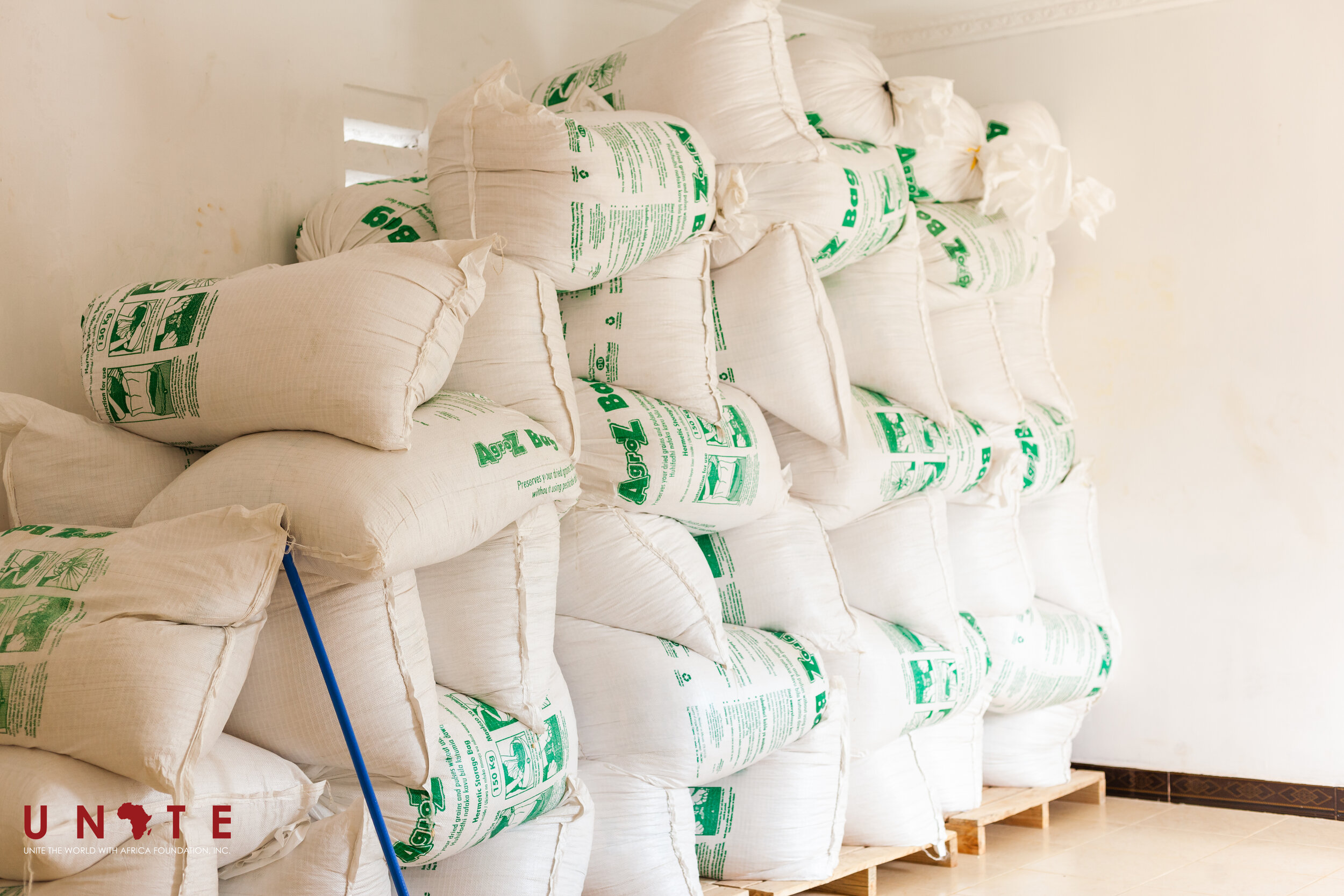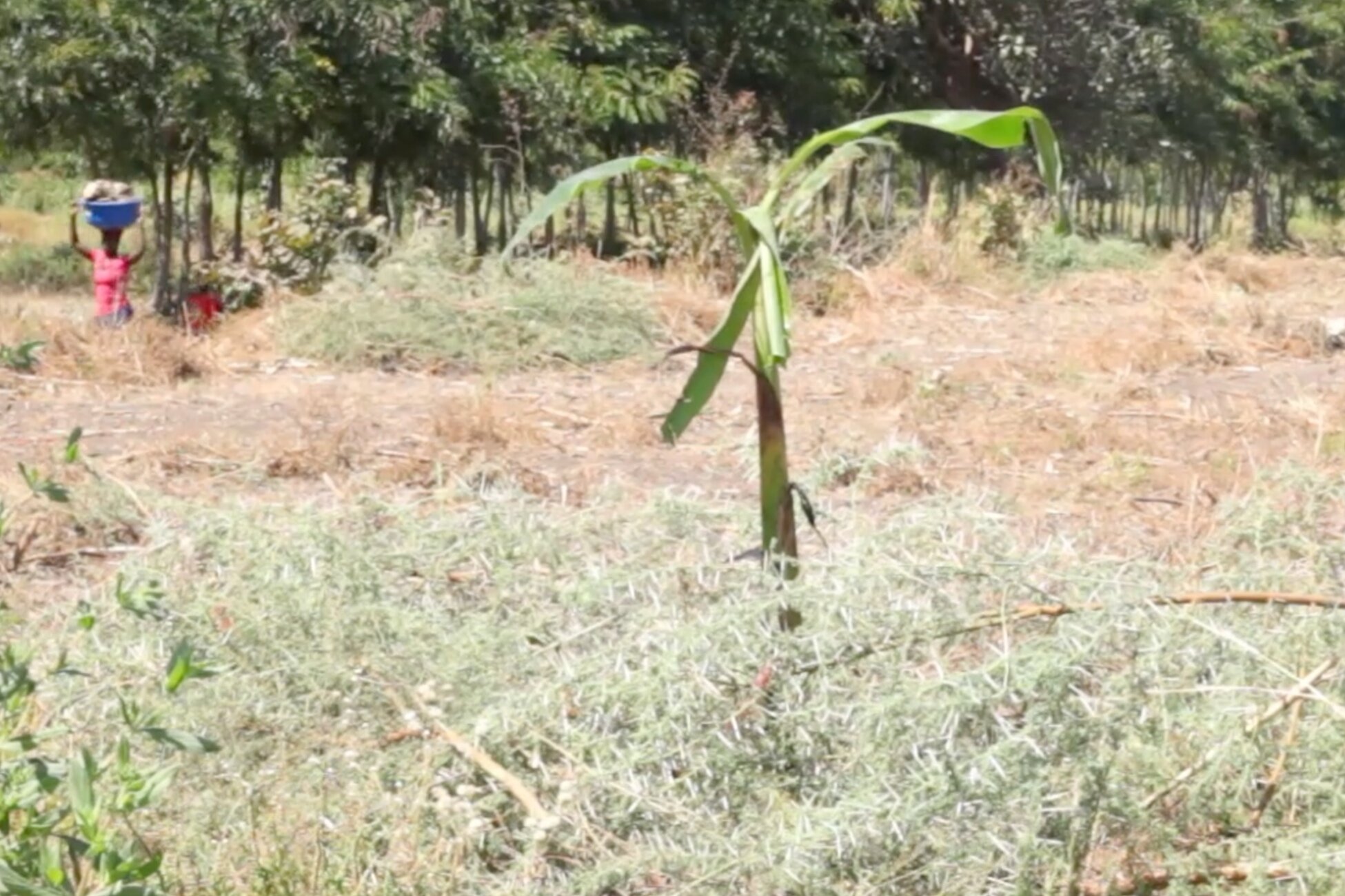Since their graduation from Form 6 — A Levels — in June, many of our Unite Scholars have been working paid internships with various companies and organizations across Tanzania. Through these hands-on professional experiences — secured and supported by Unite — these graduates are learning essential business skills, networking, building their resumes, and laying the groundwork for their future successes.
Here below is a sampling of our Unite Scholars’ internships:
Unite Scholar Enock Erick Sambala interned with Future Stars Academy in July and early August. There he received training in “Grassroots Coaching” and coached at-risk youth ages nine and younger in football (soccer). Enock is home in his home village running his own football training program for youth in need. Enock has been accepted to attend the Mbeya University of Science and Technology for a degree program in Civil Engineering starting in October.
Unite Scholar Stella Calista Mosha is working with the Unite Food Program assisting with stock management, sales, marketing, data entry, and office management. Additionally, Stella taught science at a recent STEM bonanza at a local primary school in Dar es Salaam. Stella has been accepted to attend the University of Dodoma for a degree program in Psychology starting in October.
Unite Scholar Wilson Marko Mahenge has been interning at the Sakapala Community Center in Dar es Salaam where he is teaching art and science to pre-primary and primary-school-aged children. Additionally, Winson worked at a local Google event held at the center as a translator. Winson has been accepted to the University of Dar es Salaam for a degree program in Actuarial science starting in October.
Unite Scholar Amina Mohammed Kiondo is interning at a hardware store in Dar es Salaam assisting with record keeping. She is also interning at the Unite Food Program (UFP) assisting with sales and data entry. Amina has been accepted to attend the University of Dar es Salaam for a degree program in Accounting starting in October.
Unite Scholar Pili Bida Gabanza is interning for Unite Food Program in the Katavi region of Tanzania identifying small-scale farming families in need of a market for their maize, purchasing their maize, and providing them with Agro-Z hermetically sealed grain bags to enable the safe storage of food for over a year (which can be later used to feed the family and/or be sold for income). Pili has been accepted to attend the Kilimanjaro Christian Medical College for a degree program in Nursing starting in October.
Unite Scholar Khadija Mkopi is interning at an automotive company assisting with sales and record keeping. Additionally, she is working for the Unite Food Program in sales and data entry. Khadija has been accepted to attend the University of Dar es Salaam for a degree program in Accounting starting in October.
Unite Scholar Zaituni Ally Mjanja has been interning at the Marangu School of Tourism & Vocational Training in Kilimanjaro District teaching life skills to university students and assisting with cooking classes as well as in the library. Zaituni has been accepted to attend the University of Dar es Salaam for a degree program in Environmental Science starting in October.
Unite Scholar Neema Paul Mbembati is working for Philomena Arts in Zanzibar crafting jewelry, managing sales, interacting with customers, and arranging product and promotional displays. Neema has been accepted to attend the University of Dodoma for a degree program in Health Information Science starting in October.
Unite Scholar John John Mashimba is working for EdLink Co. in Dar es Salaam writing reports, assisting with contract tenders, ensuring customer satisfaction with goods purchased, participating in client meetings, and more. John John recently received a full-time employment offer from EdLink as a result of his exceptional performance during his internship.
Unite Scholar Zainabu Ally Mjanja has been interning at the Marangu School of Tourism & Vocational Training in Kilimanjaro District assisting with website development, social media, marketing, and promotions. Zainabu has not yet received her university placement.
Unite Scholar Ashura Amiri Kayya is working at Unite Food Program in Dar es Salaam assisting with stock management, sales, marketing, accounting, office work, and data entry. Additionally, Ashura taught Chemistry & Biology during a recent five-day training for Unite’s newest class of Scholars. Ashura has not yet received her university placement.
Unite Scholar Isaac Moses Mwimanzi is working at Unite Food Program Outpost in Nankanga identifying small-scale farming families in need of a market for their maize, purchasing their maize, and providing them with Agro-Z hermetically sealed grain bags that enable the safe storage of food for over a year (which can be later used to feed the family and/or be sold for income). Isaac has not yet received his university placement.



























































